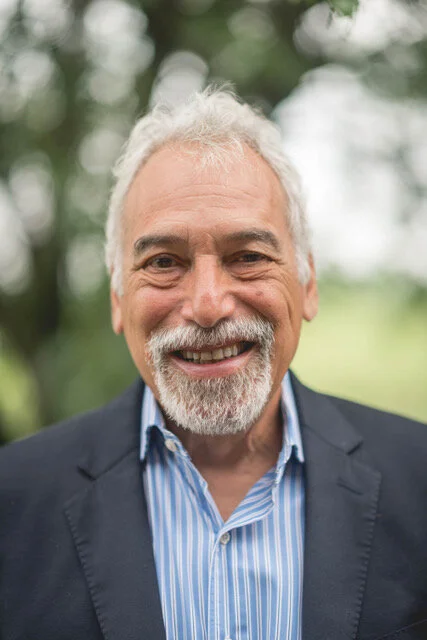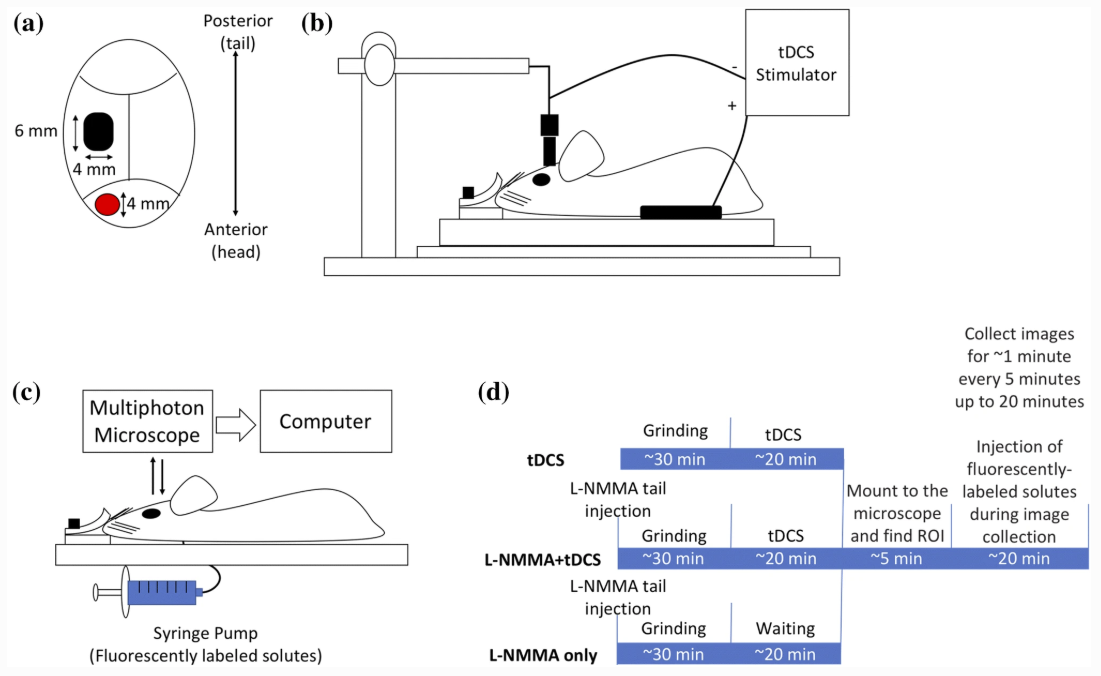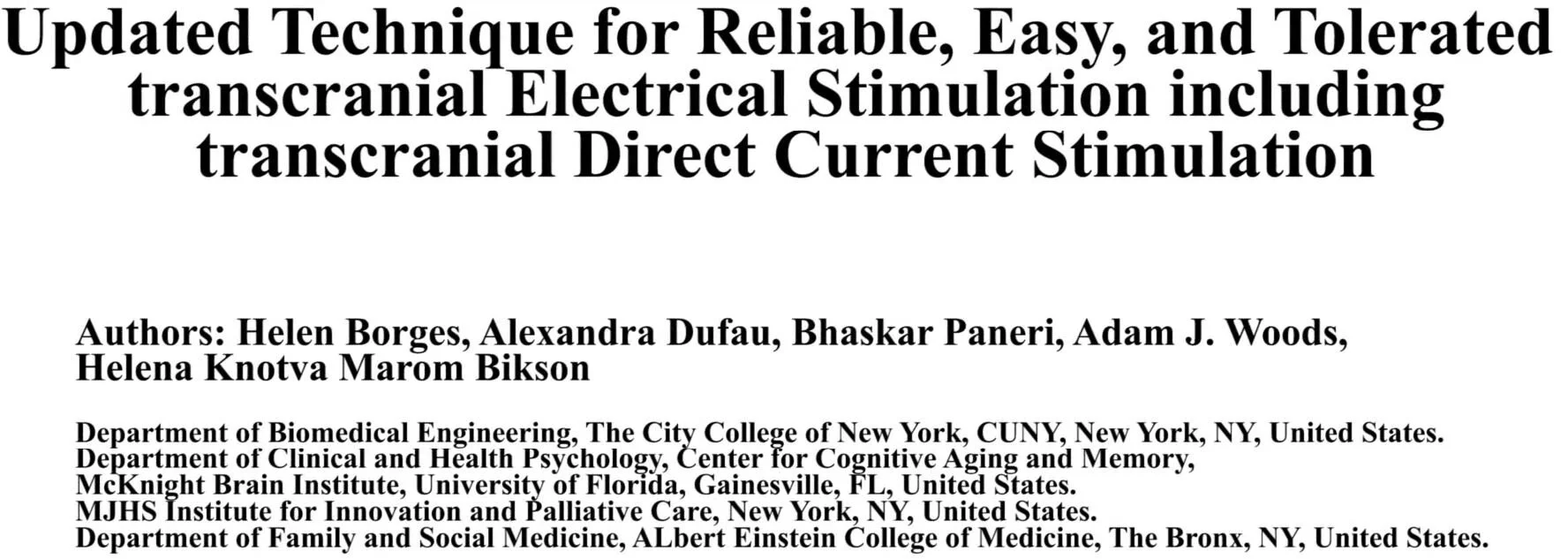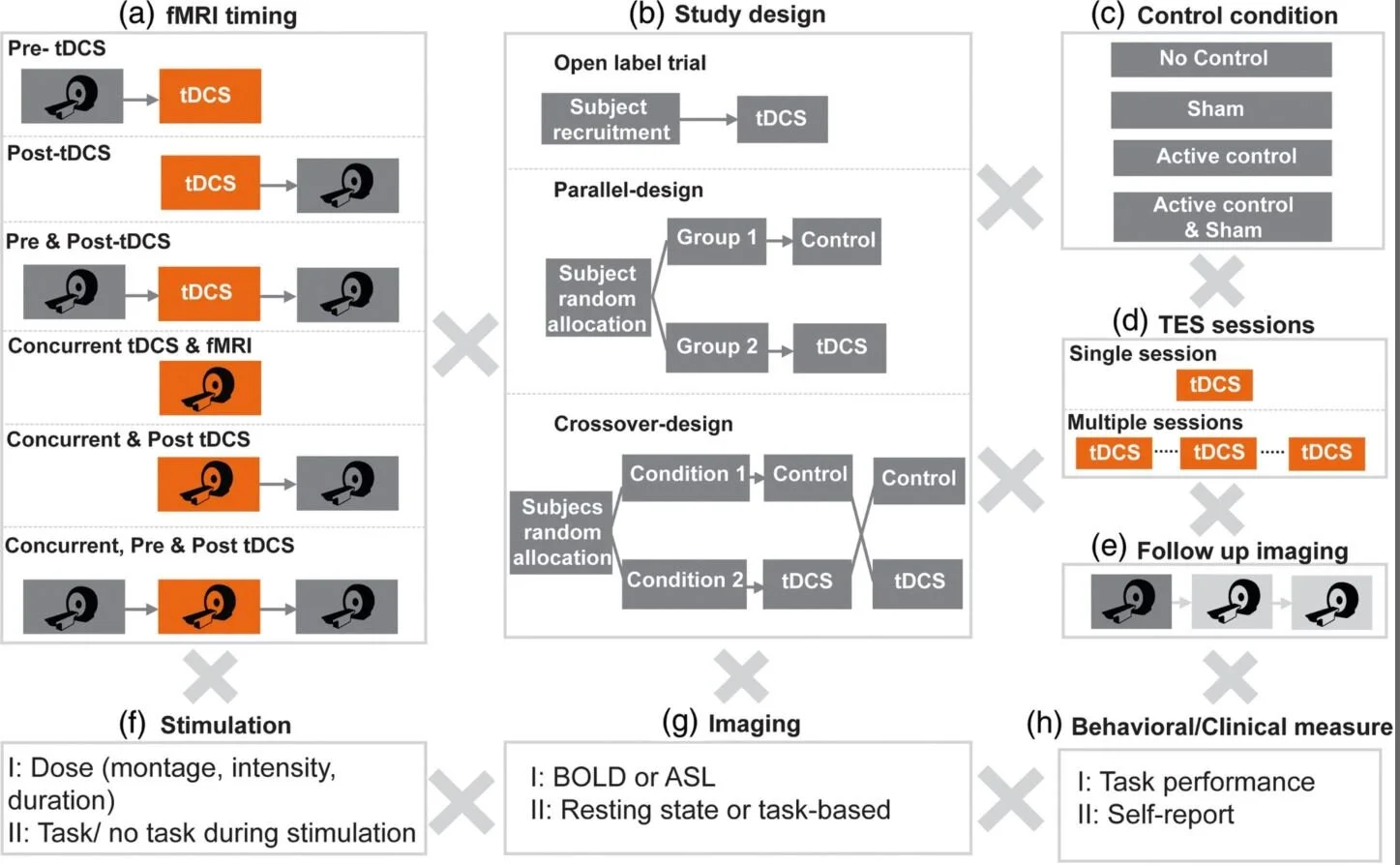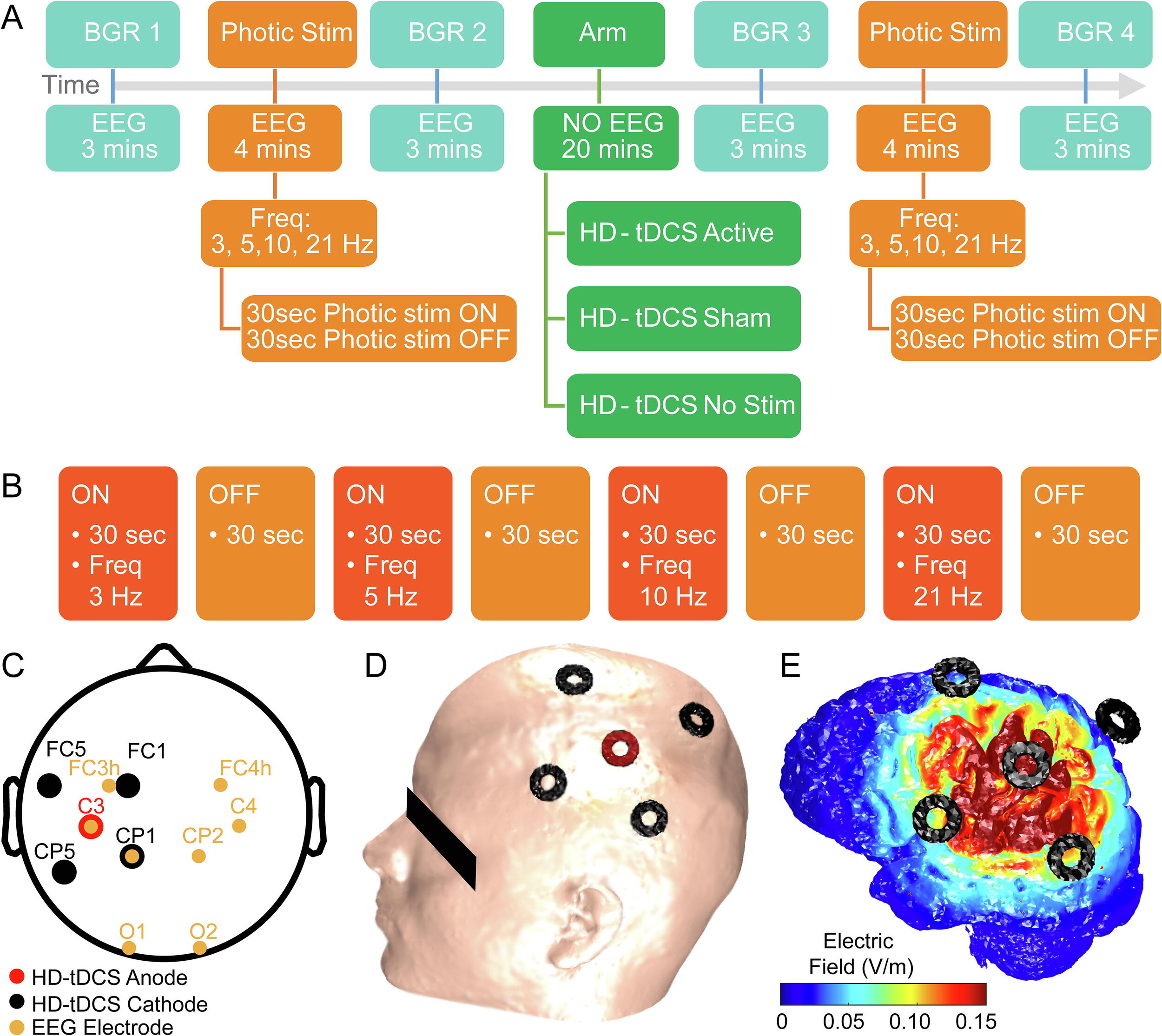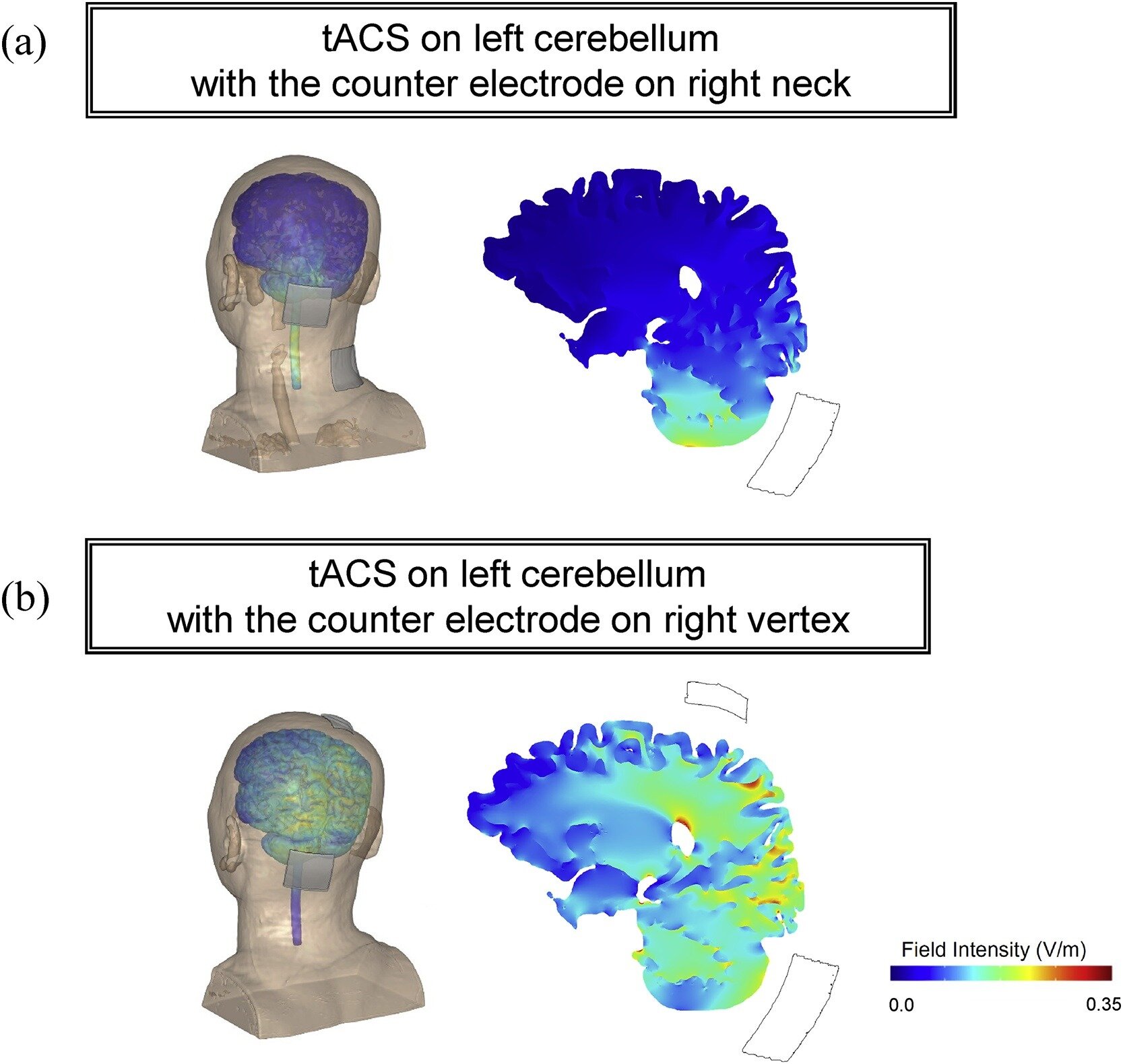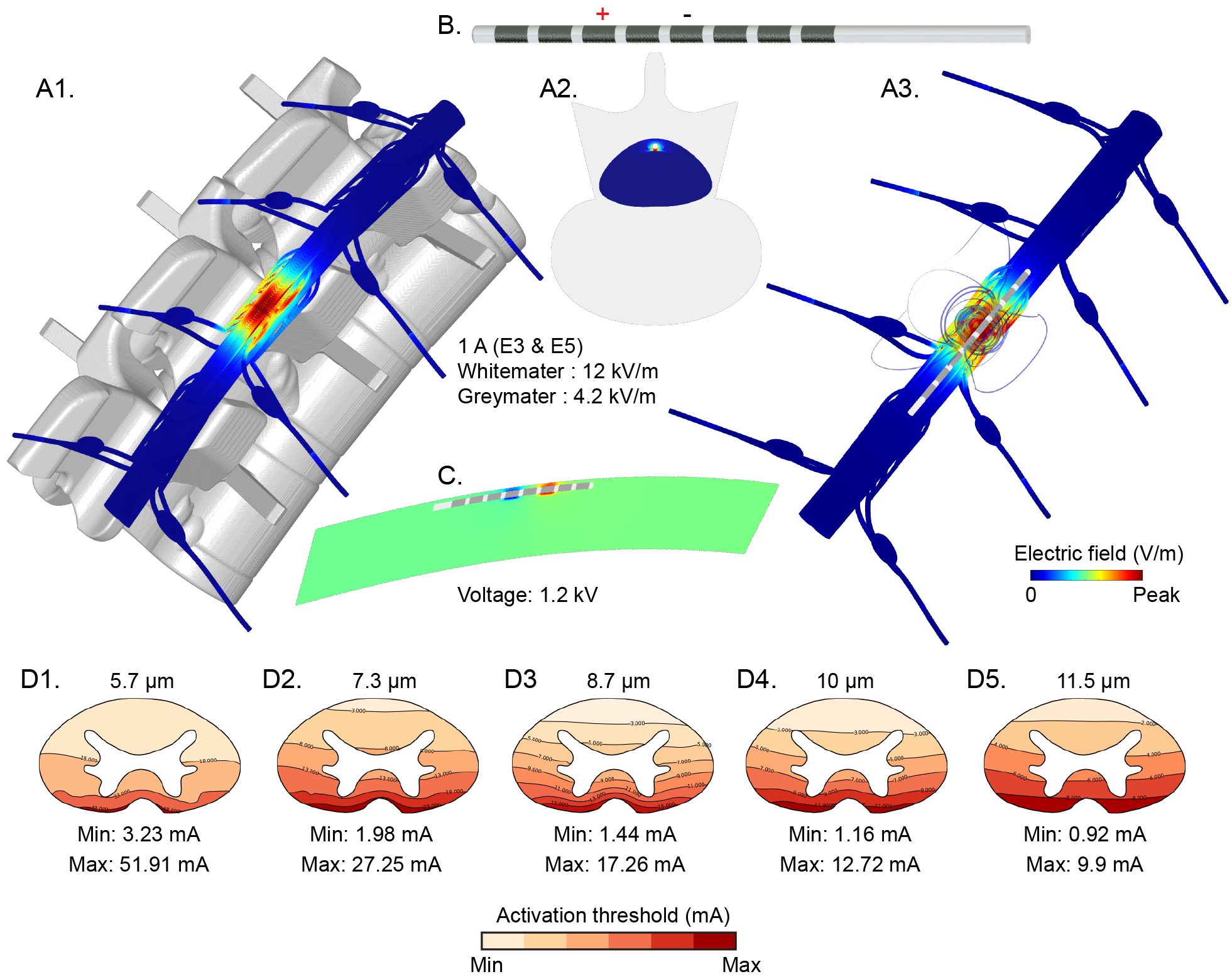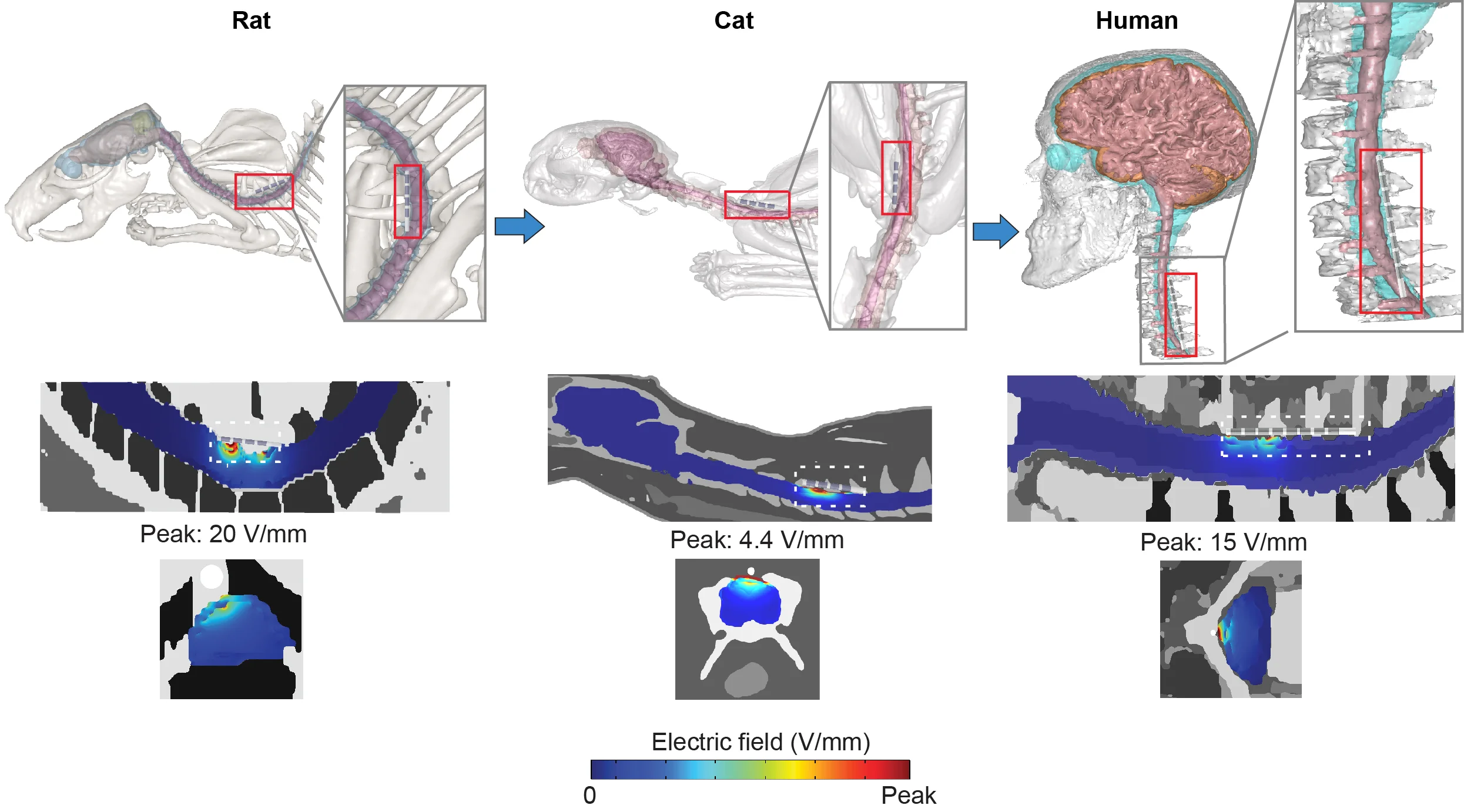Title: Modern Electroconvulsive Therapy: Vastly Improved Yet Greatly Underused
Speaker: Dr. Harold Sackeim, Professor of Psychiatry and Radiology at Columbia University and Chief of Biological Psychiatry at the New York State Psychiatric Institute
When: Thursday, February 13, 2020, 10 am to 12 noon
Where: CCNY Center for Discovery and Innovation, 3rd floor seminar room (CDI 3.352)
Contact: Marom Bikson (bikson@ccny.cuny.edu, 212-650-6791) for access to CDI building
Biography:
Dr. Harold A. Sackeim is Professor of Clinical Psychology in Psychiatry and Radiology, College of Physicians and Surgeons, Columbia University. He served as Chief of the Department of Biological Psychiatry at the New York State Psychiatric Institute for 25 years. He is also the Founding Editor of the journal, Brain Stimulation: Basic, Translational, and Clinical Research in Neuromodulation. He received his first B.A. from Columbia College, Columbia University (1972), another B.A. and a M.A. from Magdalen College, Oxford University (1974) and his Ph.D. from the University of Pennsylvania (1977), where he also completed his clinical training in the Department of Psychiatry. He joined the faculty of Columbia University in 1977, where he remains today.
His research has concentrated on the neurobiology and treatment of mood disorders. He has made numerous contributions to the understanding of pathophysiology of major depression and mania through use of brain imaging techniques and by examining the role of lateralization of brain function in normal emotion, neurological disorders, and psychiatric illness. For 30 years, he led the clinical research on electroconvulsive therapy (ECT) at Columbia University and the New York State Psychiatric Institute. This work has identified fundamental factors in this treatment that are responsible for its efficacy and side effects, and has radically altered understanding of both therapeutics and mechanisms of action. This research program has provided compelling evidence regarding the localization of the brain circuits involved in antidepressant effects, and has revamped understanding of the underpinnings of ECT’s effects on mood, behavior, and cognition. Dr. Sackeim is widely credited with transforming the use of this treatment worldwide.
Dr. Sackeim has directed programs at the New York State Psychiatric Institute and New York Presbyterian Hospital in the pharmacological treatment of late-life depression, and in the use of Transcranial Magnetic Stimulation (TMS), Vagus Nerve Stimulation (VNS), Deep Brain Stimulation (DBS) and other forms of focal brain stimulation. Dr. Sackeim is the inventor of Magnetic Seizure Therapy (MST), now undergoing clinical trials and has recently developed FEAST (Focal Electrically-Administered Seizure Therapy), now also in clinical trials. Dr. Sackeim introduced functional brain imaging to the medical center at Columbia in 1980, and directed a large group using Positron Emission Tomography (PET) and Magnetic Resonance Imaging (MRI) to study pathophysiology and treatment effects in mood disorders, anxiety disorders, Lyme disease, substance abuse, Alzheimer’s disease, and normal aging. Other work directed by Dr. Sackeim involved preclinical, primate research on the functional significance of structural brain changes (neurogenesis) induced by different forms of brain stimulation.
Dr. Sackeim is a member of the editorial board of several journals, and has received many national and international awards for his research contributions. These include three Distinguished Investigator Awards from the National Association for Research in Schizophrenia and Depression (NARSAD), a MERIT Award from the National Institute of Mental Health (NIMH), the Joel Elkes International Award from the American College of Neuropsychopharmacology (ACNP), election as Honorary Fellow of the American Psychiatric Association, and the Award for Research Excellence from the New York State Office of Mental Hygiene, Edward Smith Lectureship, National Institute of Psychobiology, Israel, the lifetime achievement award form the EEG and CNS Society, and the NARSAD Maddox Falcone Prize for lifetime achievement in research on affective disorders. He is past President of the Society of Biological Psychiatry and the Association for Research in Nervous and Mental Disease. He has authored more than 450 publications.
